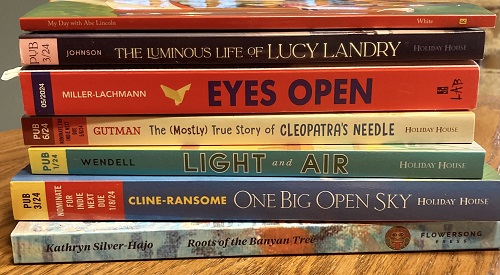Sor Juana’s Second Dream: A Novel
This lovely novel can be read without any previous knowledge of the famous Mexican nun. The author evokes the feel of 17th century Mexico and draws that world around you. Frothy chocolate and squash blossom quesadillas, cigarillos and ink-stained fingers, are images that fill the pages while Juana’s own words and arguments carry the story. The setting in historic Mexico City takes the reader from the opulence of the Marquis’ palaces to the solemnity of the convent.
Juana Ines was an illegitimate criolla (Mexican of Spanish descent) born in New Spain the first century following the Conquest. Her written work, which is highly regarded, is available in print today, including poetry, plays and theological treatises. Little is recorded of her actual life. As a child of remarkable intellect and learning, she came to the attention of the ruling royal appointees dispatched from Madrid to rule Mexico. In this society, she was considered only slightly inferior by birth, but as a woman she faced endless trials. The Inquisition was on the wane in the Spanish empire, but still powerful. Her intellect brought her both fame and notoriety, was a source of blessing and of condemnation.
A combination of first and third person narration gives a more complete picture of Sor Juana’s daily life and the development of her writing. Juana’s fictional journal entries and letters fill out her literary pieces that survive. Flashback is used sparingly to set the stage for her encounter with the Inquisition. Most of the novel follows her from child prodigy to court favorite to sister in the convent. The debates and mental exercises presented as conversations by the author are a delight and a challenge to follow.
Professor Gaspar interprets Sor Juana with meticulous scholarship and a feminist perspective. The scholar’s decision to enter a religious order has puzzled her readers. Her friendships and relationships with women are evident in her poetry. The author has extrapolated from the facts a basis for lesbian sexuality, and this is realistically depicted. Juana makes the choice to enter the convent not as a positive vocation (although she is devout) but as a rejection of marriage and childbearing. She feels so strongly regarding the sexual act with men that she beats her slave after discovering the slave’s pregnancy. Her friends, comprised of the most highly educated men and women of that time and place, compare her to Sappho. Her enemies call her an unnatural woman and accuse her of mocking her religious vows. Juana’s heroics are inspiring to read.










